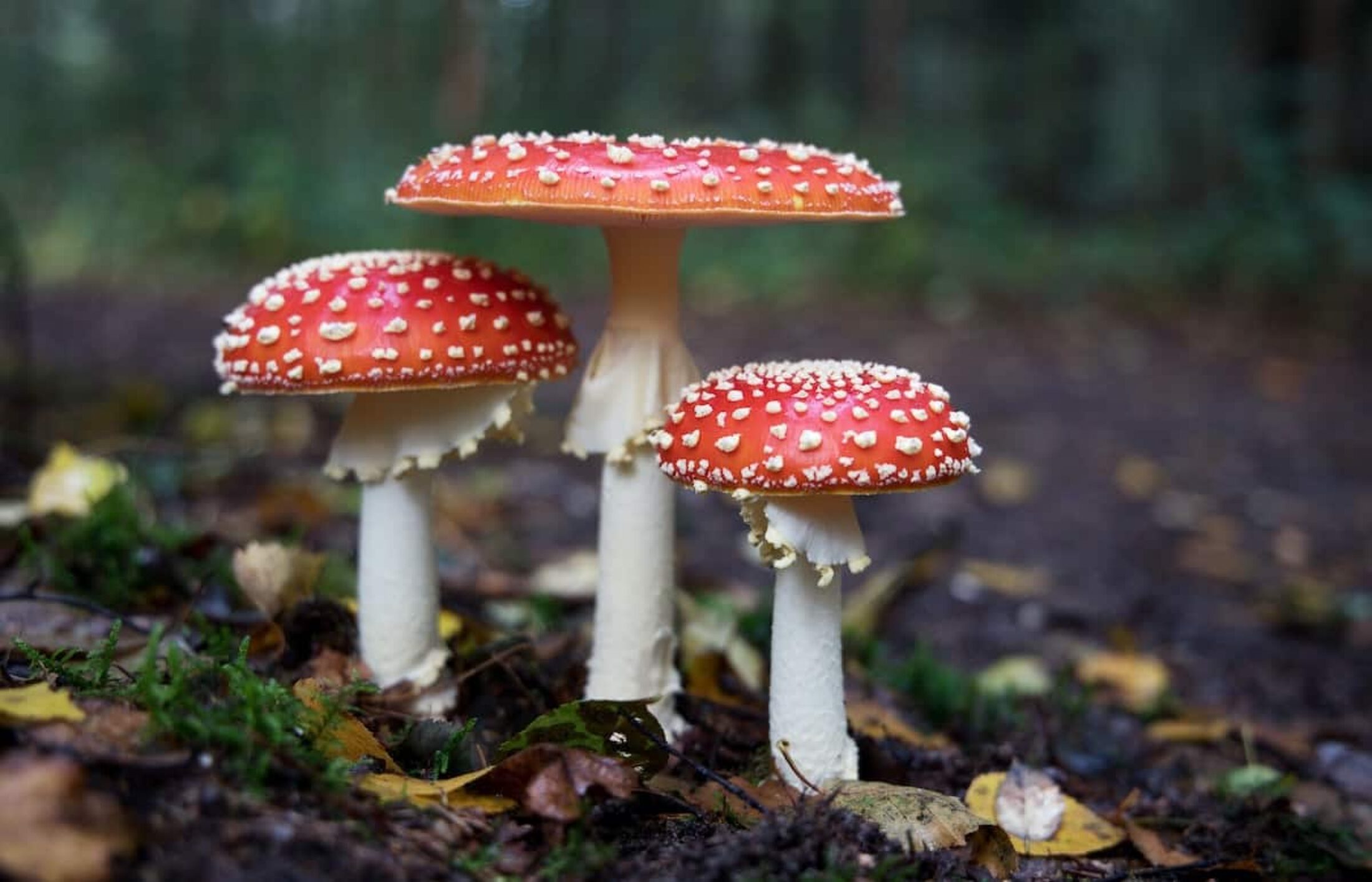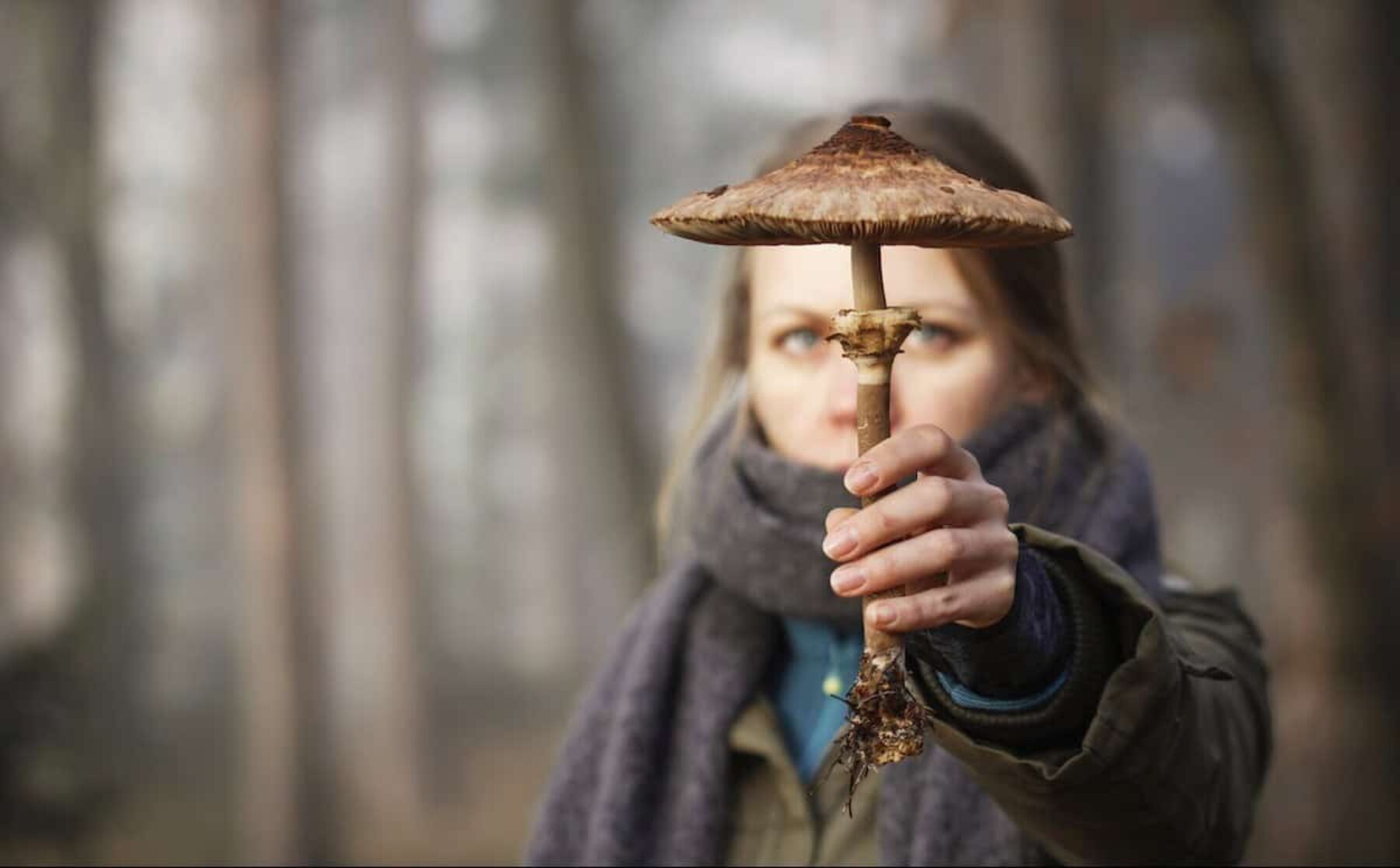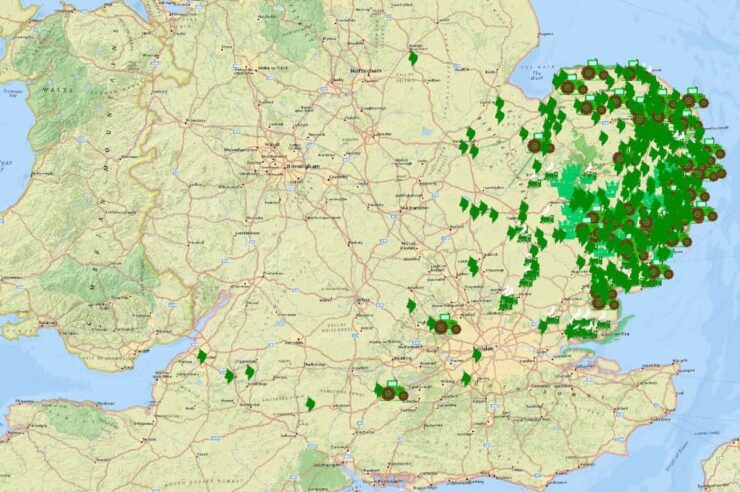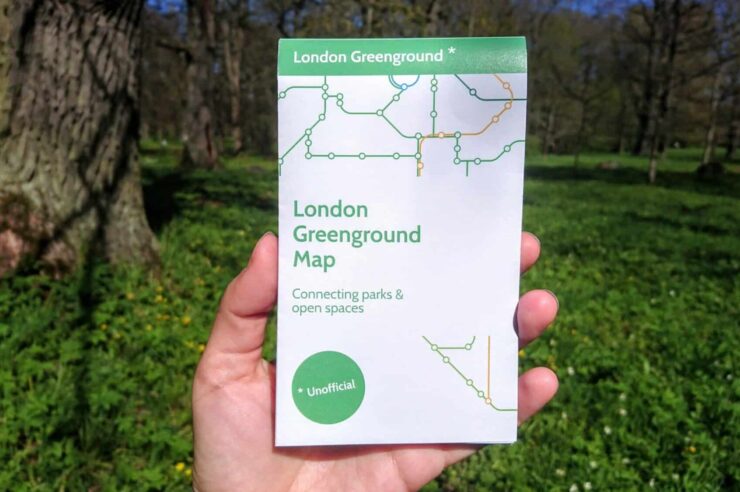Work is set to start on the biggest-ever project to map mysterious fungal networks. Can it shine a light on a ‘global blind spot’?
If trees are the lungs of our planet, fungal networks are the circulatory systems. These underground networks – which extend an estimated trillions of miles around Earth – are largely unexplored, yet may prove essential to our efforts to protect soil.
As well as sequestering huge amounts of carbon, they shift nutrients across ecosystems and are crucial to soil health and fertility. But many hotspots of mycorrhizal fungi are now under threat: factors include agricultural expansion, pollution, urbanisation and deforestation.
Now, a new project from the global Society for the Protection of Underground Networks (SPUN), will see some 10,000 samples collected from around the world. Key areas, including the western Sahara and the steppes of Kazakhstan, are being identified through AI technology.
Alongside visualisations of nutrients flowing within networks, the findings will help identify high-priority sites with potential to store more carbon and to survive extreme climate events.
Toby Kiers, professor of evolutionary biology at Vrije Universiteit Amsterdam – who co-founded the project alongside fellow scientist Colin Averill – describes the relative lack of knowledge to date as a “global blind spot”.
“Globally, the total length of fungal mycelium in the top 10cm of soil is more than 450 quadrillion km: about half the width of our galaxy,” Kiers says. “These symbiotic networks comprise an ancient life-support system that easily qualifies as one of the wonders of the living world.”

Many hotspots of mycorrhizal fungi are now under threat - mapping them could help. Image: Hans Veth
Merlin Sheldrake, biologist and author of the book Entangled Life, says that mycorrhizal fungal networks and the nutrient flows and processes they manage should be considered a global public good, “analogous to clean air and water”.
He is among those helping to guide the project, as well as the conservationist Jane Goodall.
SPUN will conduct its first sampling mission together with the US-based Fungi Foundation in April. SPUN will train and partner with researchers, activists and local communities to collect samples, and protect and manage underground ecosystems.
Mycorrhizal fungal networks have long sustained life on our planet. It’s time that they received the attention they deserve
The project is possible thanks to a $3.5m (£2.6m) donation from Jeremy Grantham, a billionaire financier and climate research funder.
Adds Kiers: “Mycorrhizal fungal networks have long sustained and enriched life on our planet. It’s time that they received the attention they deserve.”
Main image: Christoph Hetzmannseder/Getty
-
475 m
Number of years that mycorrhizal networks have evolved over -
25 %
Of Earth's species live in the soil -
10,000
Number of samples that SPUN aims to collect over then next 18 months





